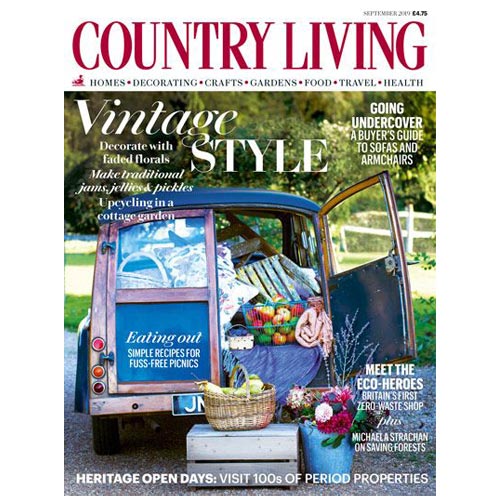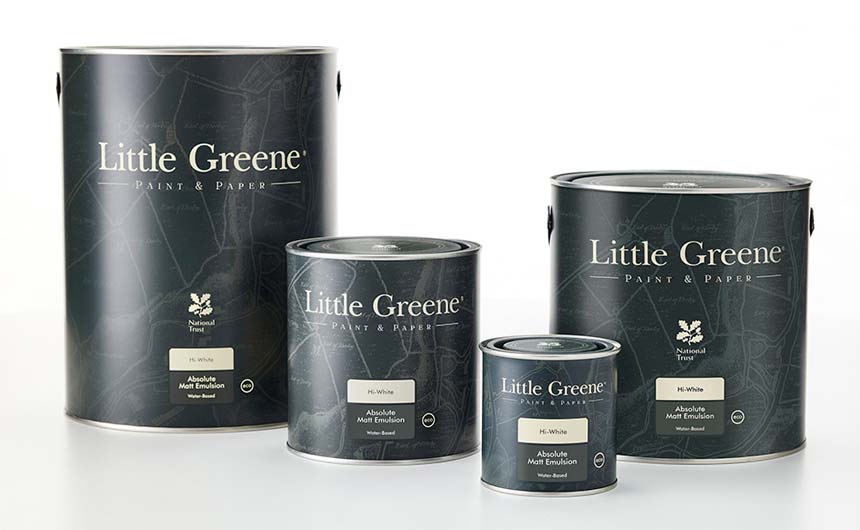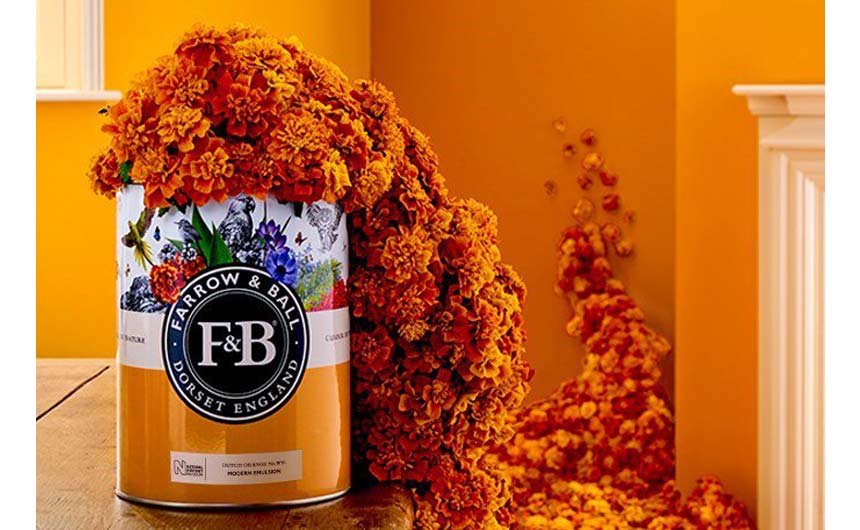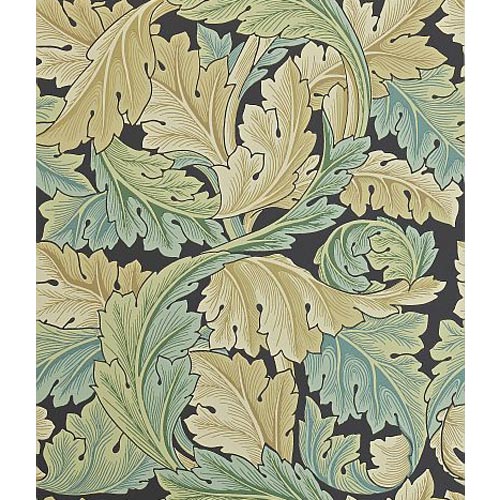Start Licensing’s Ian Downes finds a window to some key licensing deals in Country Living.
It was a bit of a long-distance Lookout for me last week. I decamped to Corfu and, of course, this meant I missed out on The Licensing Awards. Although these days with the aid of social media you can virtually be there. There were lots of posts and tweets to follow. At one stage the Awards did look like a Millwall away game. Millwall fans and Peaky Blinders have a common bond headwear wise.
I was delighted to hear that Patrick Bailey won the Honorary Achievement. Patrick thoroughly deserved this accolade and recognition. He has been a licensee that has lead the way by his sector knowledge, openness and integrity. He always provides feedback on licensing opportunities and tries to offer advice in a constructive way. He is also someone who I know from direct personal experience who tries to help others and is supportive of his colleagues. A real friend to me and the wider industry. Well done to Patrick.
One of the benefits of a holiday is the chance to catch up on reading. I managed to read two novels during my break. I also dipped into a number of magazines including Country Living. This in turn provided me with a window on some licensing deals I may have otherwise overlooked.

Country Living is itself a brand that has embraced licensing and partnership deals. As the dynamics and economics of magazine publishing change, publishers have become more aware of the potential licensing affords them revenue and reach wise. Country Living has extended its brand into live events including the Country Living Christmas Fair. There are three of these this year – in London, Glasgow and Harrogate. Among other things the Fairs allow Country Living to extend its involvement with some of its advertisers into areas like product selling and sampling.
Beyond this, Country Living has an active licensing partnership with DFS for a range of sofas which seems to be performing well and also a licensing partnership with Carpetright for a flooring range. In both cases these type of licences dovetail with the magazine’s editorial themes and expertise. Like a number of magazines, it also has themed travel offers but has taken this one step further with branded hotels developed in tandem with Coast & Country Hotels. Country Living promotes its partnerships in the magazine and proactively encourage readers to join the ‘World of Country Living’. Really underpinning the lifestyle proposition. Indeed Country Living now offer readers the chance to select from three styles of Country Living weddings. Am waiting for my invite to one and will report back accordingly.
Magazines know their readers and are in a strong position to cultivate lifestyle licensing campaigns. This sort of commercial development should help them insulate themselves from advertising revenue downturns while developing closer relationships with their readers that should help engender reader loyalty.
Beyond Country Living’s own developments I noticed a few other interesting licensing developments in the magazine. Interestingly I presume the companies I spotted advertising don’t seem to be concerned about Country Living’s movement into licensing and partnerships. I guess they value the chance to communicate to the readership that Country Living has developed.

Paint companies Little Greene and Farrow & Ball were showcasing a couple of brand partnerships. Little Greene has had a partnership with the National Trust for a while now. But it was promoting a new collection of green shades ‘including original shades from the homes of Winston Churchill, George Bernard Shaw and Beatrix Potter’. This really taps into the heritage and history of the National Trust well and am sure it creates a lot of positive PR opportunities for Little Greene. A very authentic partnership. A useful colourcard to play in a competitive and traditional category.
Perhaps fired up by Little Greene’s National Trust partnership Farrow & Ball has launched a collaboration with the Natural History Museum which celebrates the ‘true colours of nature’. The advert I saw featured the colour Dutch Orange. The paint pots use some fine illustration artwork and floral designs coupled with the Natural History Museum logo. I am sure it looks good on shelf and the product will have great credentials in terms of development and also the environment. In both these examples I am guessing part of the value of the partnerships are the collateral they provide for trade and consumer PR campaigns. I can imagine in depth features and profiles supporting the products and their credentials.

The associations also shine a positive light on the manufacturers and help reinforce their credentials. These sort of thoughtful partnerships also help shift consumer perceptions of product and help move things away from price competition.
A further example of licensing and partnership in the magazine was an advert for Brewers Decorator Centres promoting ‘new and exclusive’ wallcoverings (wallpapers I think) from the archives of Morris & Co – the range was described as ‘reimagined and recoloured’ allowing both parties some leeway design-wise to reflect interior design trends. The fact that a specialist retailer has invested in an exclusive partnership talks to the value licensing can deliver in a competitive category.

It was also interesting to see Harris Tweed being used by Tetrad for a range of sofas and chairs. Harris Tweed is a brand that is able to protect the supply, origin and distribution of its distinctive tweed. In turn this instils the product with a great value. While doing this, Harris Tweed has also created a desirable lifestyle brand that companies can tap into to help deliver a point of difference and a design style that is original.
Home furnishing brands, paint companies, wallpaper companies and specialist retailers have all recognised that brand licensing deals and partnerships can help them compete and develop products that are original. I didn’t read Country Living ten years ago, but I suspect if I did I wouldn’t have seen licensing examples like these. I think this is a sign that licensing is growing in terms of reach and acceptance. Hopefully this is a trend that will continue.
Ian Downes runs Start Licensing, an independent brand licensing agency. His Twitter handle is @startlicensing – he would welcome your suggestions for what to look out for.































